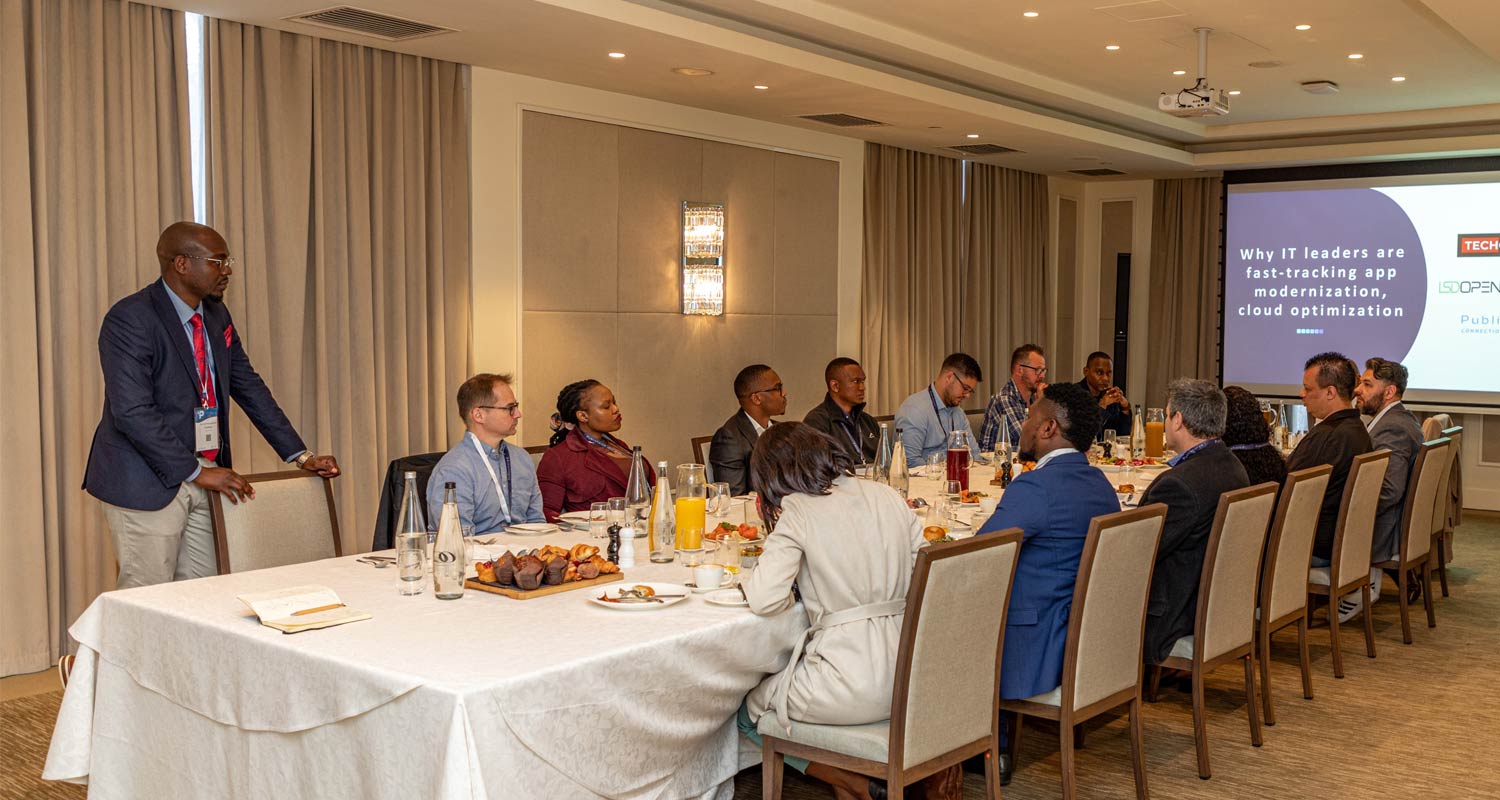 Migration to the cloud is different for every business, with a range of challenges and pain points along the way. These include not having a clear strategy determined by business objectives, running over budget, a lack of visibility, and cloud sprawl as a result of not having a clear understanding of the full scope of these environments.
Migration to the cloud is different for every business, with a range of challenges and pain points along the way. These include not having a clear strategy determined by business objectives, running over budget, a lack of visibility, and cloud sprawl as a result of not having a clear understanding of the full scope of these environments.
This was one discussion point that came up in a recent round table hosted by LSD Open and AWS and themed, “Why IT leaders are fast-tracking app modernisation and cloud optimisation”.
The event unpacked how today’s businesses are managing to build modern, scalable applications to transform the organisation, while optimising costs, and delved into the innovations and solutions that help companies meet their high-performance needs while being able to scale at a lower cost.
Attendees shared some interesting stories, some about the continuous failures and tenacity needed to finally succeed. They also gave details of how their journeys progressed and the roadblocks along the way. In sharing these experiences, we shed light on common pain points, automation, talent challenges, reducing or controlling cloud costs, and the possibility of harnessing AI in the cloud space.
Maximising cloud investments
The discussion moved to how those present felt that they could move to the next stage – from migration to fully utilising – their cloud investment. However, they felt they were not achieving everything they could and likened it to knowing the answer to the question but not knowing the question, or how to achieve the answer.
Some common pain points also came to light, including multiple cloud resources being managed by different teams, the challenge of shadow IT where anyone with a credit card can set up cloud resources, the need for consolidation of diverse cloud environments, and the pursuit of improved visibility across cloud operations.
Some of those present expressed the sentiment that they were on the verge of transitioning from migration to full cloud utilisation but felt they weren’t maximising their investments.
Legacy technology issues emerged as still a very prevalent issue to full migration. Companies are still working on workarounds, building new technology to take over legacy technology, or re-defining processes – which is still a major concern from an operational perspective.
Solving the brain drain
Automation was highlighted as a key area of interest, too. Attendees recognised its potential for improvement and efficiency in cloud operations. This discussion led to exploring the concept of “scale to zero” – the dynamic allocation of cloud resources to zero during periods of low demand.
Some outlined how the key process of automation was challenging to implement, despite a lot of resource hours being lost to manual processes that could actually be automated (like activation and deactivating services).
The brain drain occurring in the South African cloud industry was also lamented. Questions arose about the reasons behind the talent shortage and why the industry is lagging behind. Possible answers included salaries not being high enough, people wanting to work remotely as a key employment factor, and tempting international opportunities?
 This prompted a broader conversation about learning opportunities in IT, cloud and security. This topic connected with the automation discussion as some attendees mentioned how resource-hungry manual processes were.
This prompted a broader conversation about learning opportunities in IT, cloud and security. This topic connected with the automation discussion as some attendees mentioned how resource-hungry manual processes were.
Implications for education
The discussion ventured into the role of private and public businesses in education. How is new technology being taught in schools? What are the implications for the industry and how can emerging fields such as cloud and AI influence the offering at all levels of schooling (primary, secondary and tertiary). Those present shared personal journeys, highlighting the importance of early learning experiences not only at university but also the importance of building skills and knowledge from grade and high school.
The session touched on the importance of securing and maintaining executive buy-in for cloud initiatives. Attendees brainstormed strategies to realise the benefits of cloud investments and outline future plans. This also touched on how to speak about the value, including how to show that value is being realised, and how to stop it looking like an unnecessary expense. The conversation also touched lightly on FinOps and reducing cloud spend but reverted back to visibility, because everyone agreed you can only control what you can see.
There were a large number of good takeaways from cloud utilisation through automation and optimisation, approaches to dealing with legacy technology, regaining full control from the shadow and understanding how to harness the value of cloud investments.
About LSD Open
LSD was founded in 2001 and wants to inspire the world by embracing open philosophy and technology. LSD is your cloud-native acceleration partner that provides managed platforms, leveraging a foundation of containerisation, Kubernetes and open-source technologies. We deliver modern platforms for modern applications. For more, visit www.lsdopen.io, e-mail [email protected] or visit us on LinkedIn, X, Facebook, Instagram, YouTube or GitHub.
- Read more articles by LSD on TechCentral
- This promoted content was paid for by the party concerned




